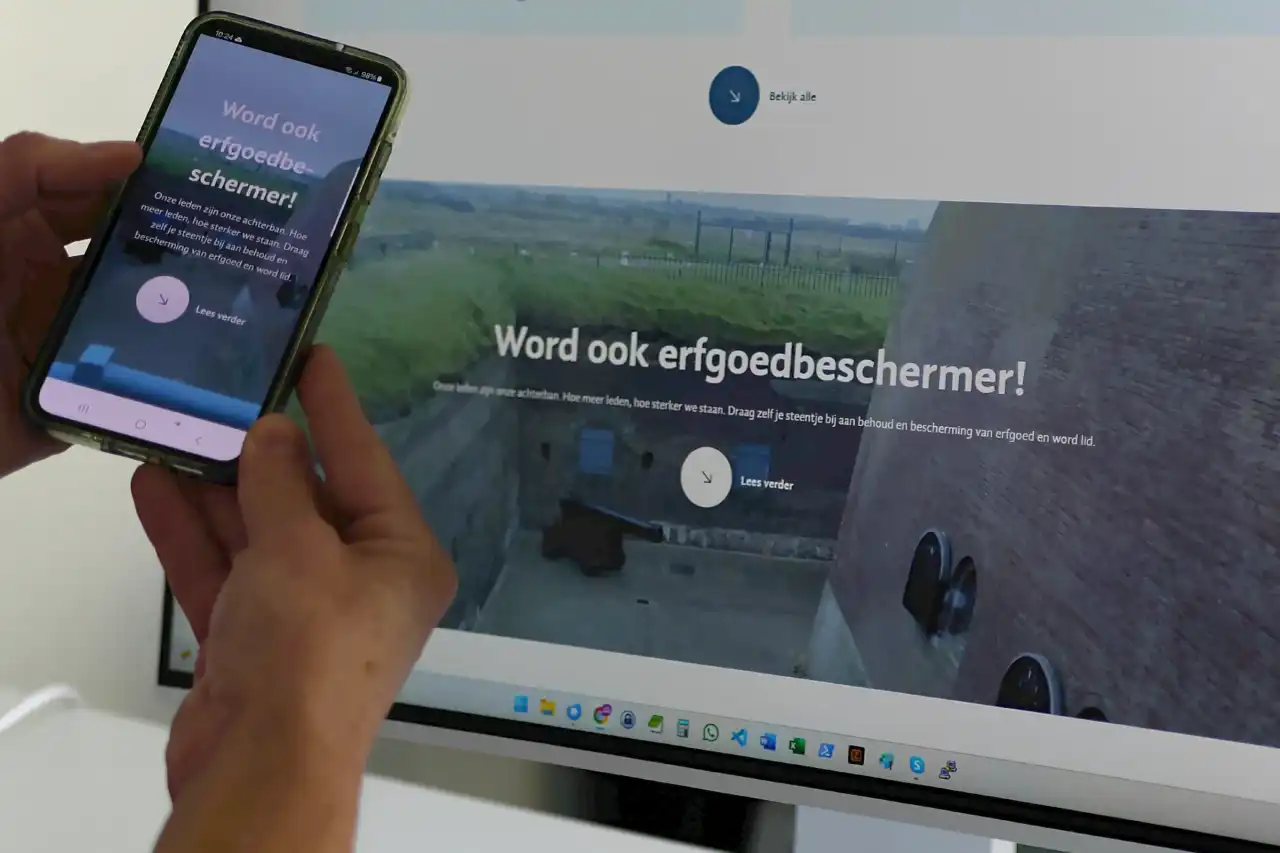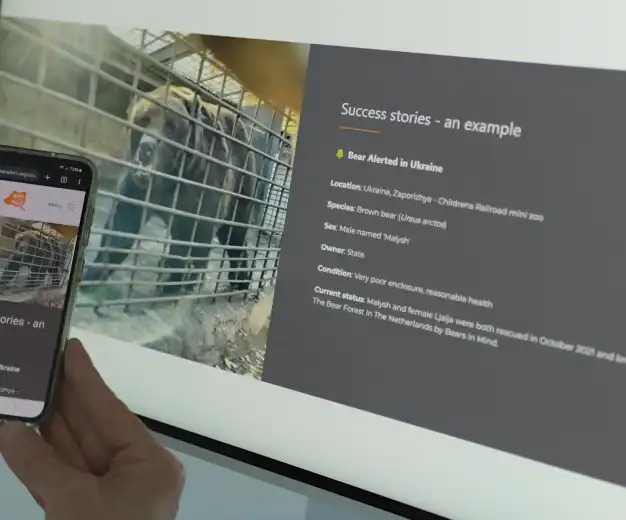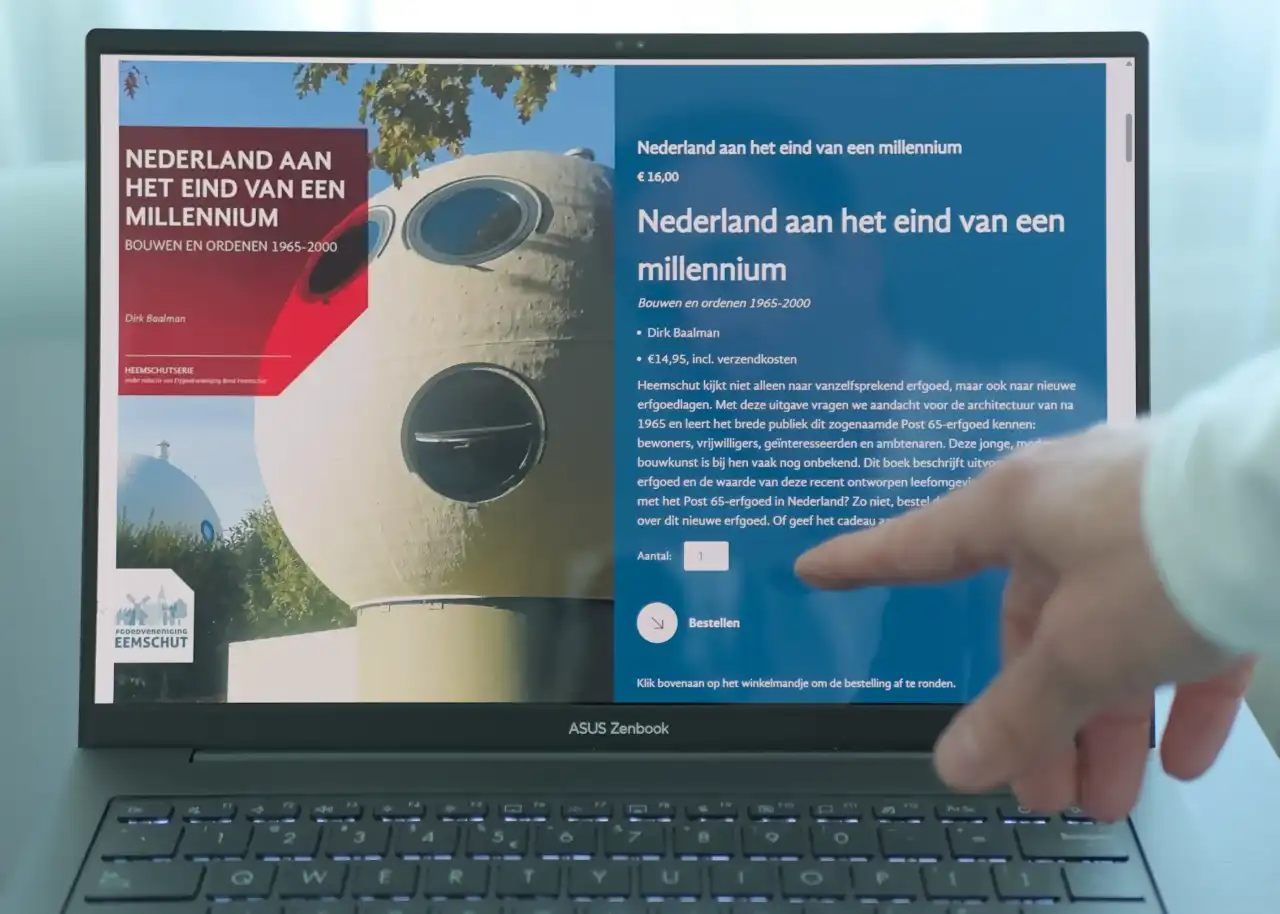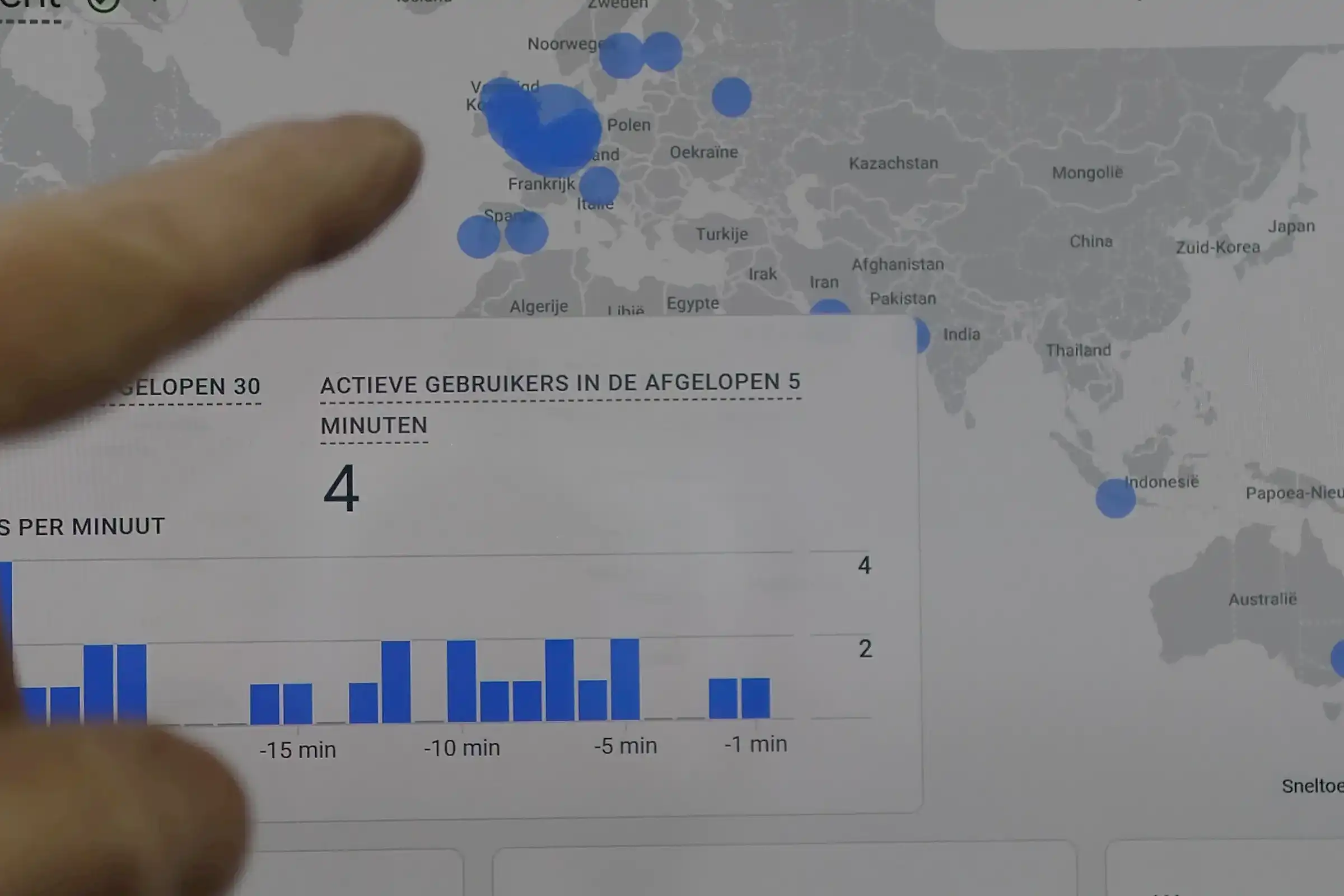Consultancy
How to Use Your Non-Profit Website to Drive Donor Engagement and Fundraising
Jacco van den Berg
June 10, 2024

Maximize engagement and fundraising
For non-profit organizations, a website is more than just a digital brochure—it’s a powerful tool for driving donor engagement and fundraising. In today’s connected world, a well-designed website has the potential to build relationships, inspire action, and sustain long-term support from your donors.
But how can your website be used to maximize engagement and boost fundraising efforts? The key is blending compelling storytelling with data-driven strategies to create a seamless, personalized experience that encourages donors to take action.
Here’s how you can use your website to drive donor engagement and turn it into a powerful fundraising tool.
1. Create a Clear and Compelling Mission Statement
Your website’s homepage is often the first point of contact for potential donors, so it needs to make a strong impression. A clear, concise mission statement that reflects the heart of your organization’s work is crucial. This gives visitors an immediate understanding of your cause and why their support is needed.
Use impactful storytelling
To enhance this, consider using impactful storytelling. Share the tangible impact of your work, whether it’s helping children access education or providing clean water to underserved communities. Real-life stories, combined with data and visuals, make the mission personal and relatable.

Show the contribution of donations
Keep your messaging direct and emotionally resonant. Show potential donors exactly how their contribution will make a difference, whether it’s by highlighting success stories or using visuals that show the direct results of past donations.
2. Simplify the Donation Process
When it comes to online fundraising, simplicity is key. One of the most common reasons potential donors abandon their donation is a complex or confusing process. A smooth, user-friendly donation experience makes it easy for people to contribute—without second thoughts or unnecessary friction.
Here’s how to simplify the donation process:
a. Prominent Call-to-Action (CTA):
Ensure your “Donate” button is easy to find, clear, and always visible on key pages, especially the homepage and any content related to impact stories or financial transparency.
b. Streamlined Donation Forms:
Avoid overwhelming donors with too many fields. Ask for only the most essential information, and offer one-click donation options for returning donors.
c. Multiple Payment Options:
Donors appreciate flexibility, so provide a range of payment methods (credit card, PayPal, digital wallets, etc.) to suit their preferences.
Tip: Offer recurring donation options with an easy opt-in to help secure sustained support. This can significantly increase the lifetime value of your donors while creating a sense of ongoing involvement.

3. Personalize the Donor Experience
In an increasingly digital world, personalization is becoming a powerful tool for engagement. People are far more likely to donate if they feel a personal connection to your cause. Leverage data from your website to create a tailored experience for each visitor.
Here’s how you can use personalization to drive donations:
a. Dynamic Content:
Use data from previous interactions to personalize the messaging on your website. For example, repeat visitors might see a customized welcome message or specific donation options that reflect their past giving behavior.
b. Targeted Campaigns:
Segment your audience by behavior, interests, or location, and create targeted campaigns that resonate with each group. Donors who’ve contributed to specific projects may be more interested in updates or campaigns related to those areas..
c. Thank You and Follow-Ups:
Don’t let your relationship with a donor end at the transaction. A personalized thank you page or email that highlights how their contribution is helping can strengthen the donor’s sense of connection to your cause.
Tip: Use analytics tools to track user behavior on your website and adjust your content accordingly. This data-driven approach allows you to deliver the right message to the right person at the right time.
4. Leverage Storytelling with Impact-Driven Content
Donors want to know how their contributions are making a difference. Impact-driven content that tells the story of your organization’s work is essential for building trust and encouraging continued support.
Use your website to regularly update donors on:
a. Project Progress:
Show how donations are being used in real-time by providing updates on ongoing projects. Whether it’s a blog post, video, or infographic, this type of content reinforces that donations are creating tangible results.
b. Success Stories:
Share personal stories from beneficiaries of your programs. These stories help humanize your mission and give donors an emotional reason to stay engaged. Whether it’s through testimonials, case studies, or short films, real-world impact resonates deeply with donors.
c. Transparency Reports:
Regularly publish financial reports or infographics that break down where donations go. Transparency builds trust, and donors are more likely to give when they know exactly how their money is being spent.
Tip: Integrate storytelling with data by pairing emotional stories with clear, quantifiable results. Show the number of people helped, resources provided, or lives changed as a result of donor support.

5. Utilize Social Proof and Community Building
Building a community of engaged donors can transform your fundraising efforts. Social proof, such as testimonials and peer influence, plays a huge role in encouraging donations. People are more likely to contribute if they see others doing the same.
To leverage social proof:
a. Highlight Donor Testimonials:
Share stories from your most dedicated supporters. Why do they donate? How has being involved with your organization enriched their lives? This encourages others to see donating as a fulfilling and impactful action.
b. Showcase Donor Impact:
Include a donor wall or a dedicated section on your website that highlights your top donors or acknowledges major contributions. Public recognition can inspire others to follow suit.
c. Engage on Social Media:
Integrate your website with social media to create a broader sense of community. Regularly update your followers on your progress and encourage them to share their own stories of support. The more you engage with your audience, the more they’ll feel like part of your organization’s journey.
Tip: Use interactive tools like fundraising thermometers or progress bars to show how close you are to reaching a fundraising goal. This sense of momentum can drive immediate action from donors who want to help push you over the finish line.
6. Incorporate Peer-to-Peer and Crowdfunding Elements
Peer-to-peer fundraising and crowdfunding have become popular and effective ways to amplify your website’s reach. By empowering your supporters to fundraise on your behalf, you extend your network and bring in new donors who might not have otherwise heard of your organization.
Here’s how you can integrate these elements:
a. Peer-to-Peer Fundraising Pages:
Allow supporters to create personalized fundraising pages for birthdays, challenges, or events. This turns your donors into ambassadors for your cause, helping to reach new audiences through their personal networks.
b. Crowdfunding Campaigns:
Create specific campaigns with clear, time-sensitive goals. These types of campaigns are highly shareable, and their urgency often motivates people to act quickly.
Tip: Provide supporters with easy-to-use tools for setting up their own fundraising pages, along with resources like email templates and social media posts to help them promote their campaigns.
7. Optimize for SEO and Content Marketing
Your website’s visibility is critical in attracting new donors. By optimizing your site for search engines (SEO), you can drive more organic traffic to your donation pages. Additionally, content marketing helps establish your authority and expand your reach.
To optimize for SEO:
a. Use Relevant Keywords:
Identify the search terms potential donors might use, such as “charitable donations,” “non-profit supporting children,” or “how to help environmental causes.” Ensure these keywords are strategically included in your content.
b. Create Valuable Content:
Write blog posts, articles, or guides that provide value to your audience. Whether it’s tips on how to be more involved in your cause or insights into the challenges you’re addressing, this content can help attract more visitors to your site.
c. Optimize for Mobile:
Ensure your website is mobile-friendly. Most users will access your site via smartphones, and a poorly optimized mobile experience could lead to a significant drop in engagement.
See your website traffic increasing...

Be active & stay active with your content
Regularly update your content and add new blog posts or pages that highlight fresh initiatives or upcoming campaigns. The more active and relevant your content, the higher you’ll rank in search results.
Conclusion: A Strategic Approach to Donor Engagement and Fundraising
Your website is one of the most powerful tools at your disposal for driving donor engagement and fundraising. By creating a clear mission, simplifying the donation process, personalizing experiences, and using impact-driven content, you can connect more effectively with donors and encourage sustained support.
Remember, the key is to blend data-driven strategies with emotional engagement—allowing potential donors to see both the personal impact of their contributions and the measurable results your organization achieves. By building trust, fostering community, and making it easy to give, your website can become a cornerstone of your fundraising success.
At Bureau Berg, I'm here to help non-profits create digital strategies that not only engage but inspire. Let’s work together to build a website that drives both donor loyalty and meaningful impact.